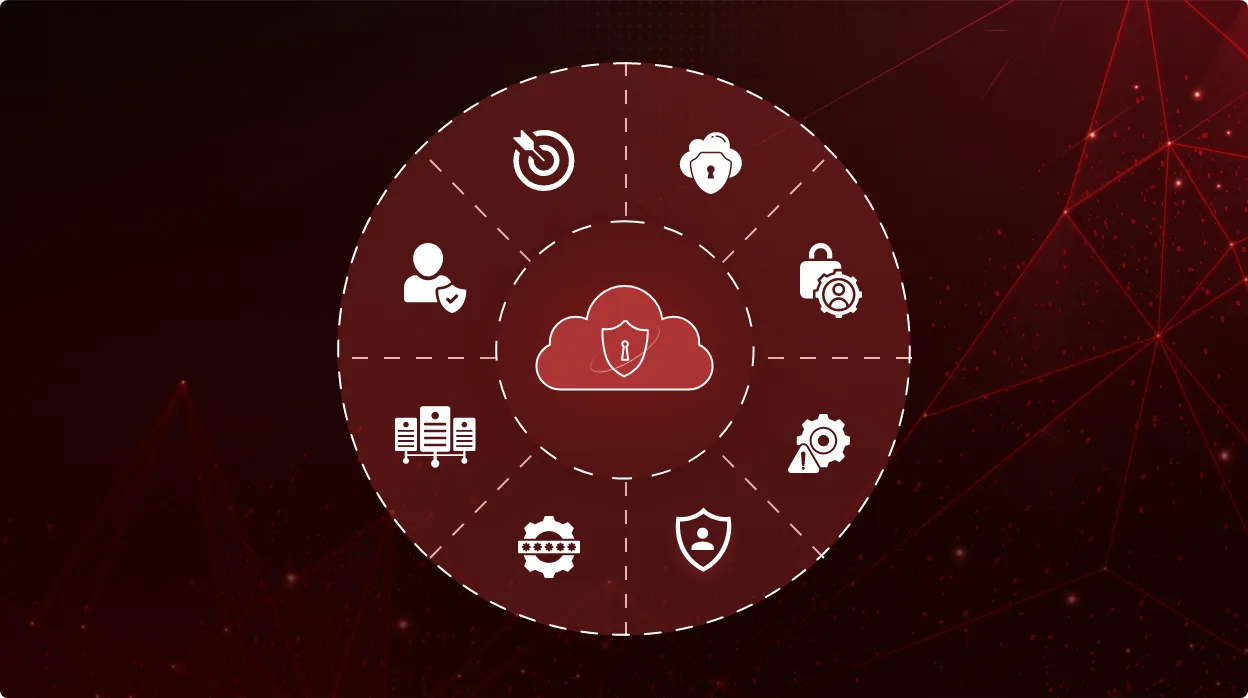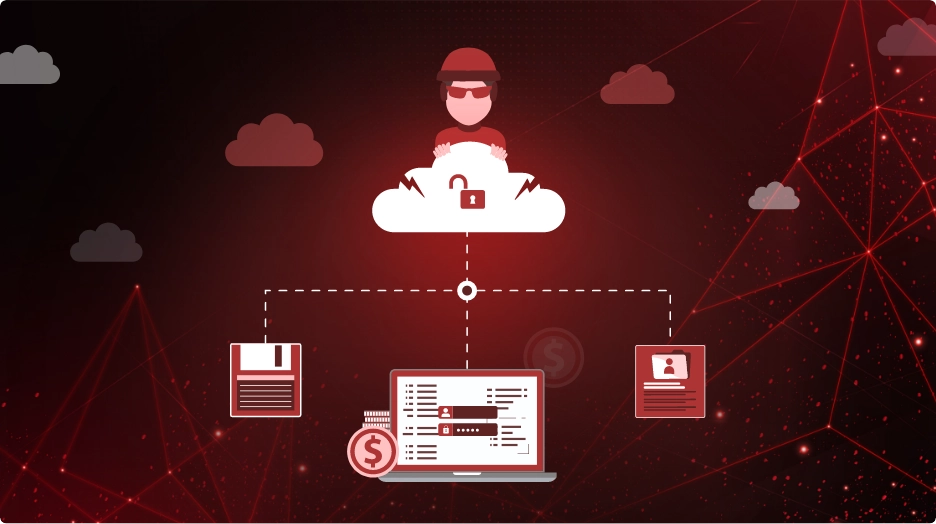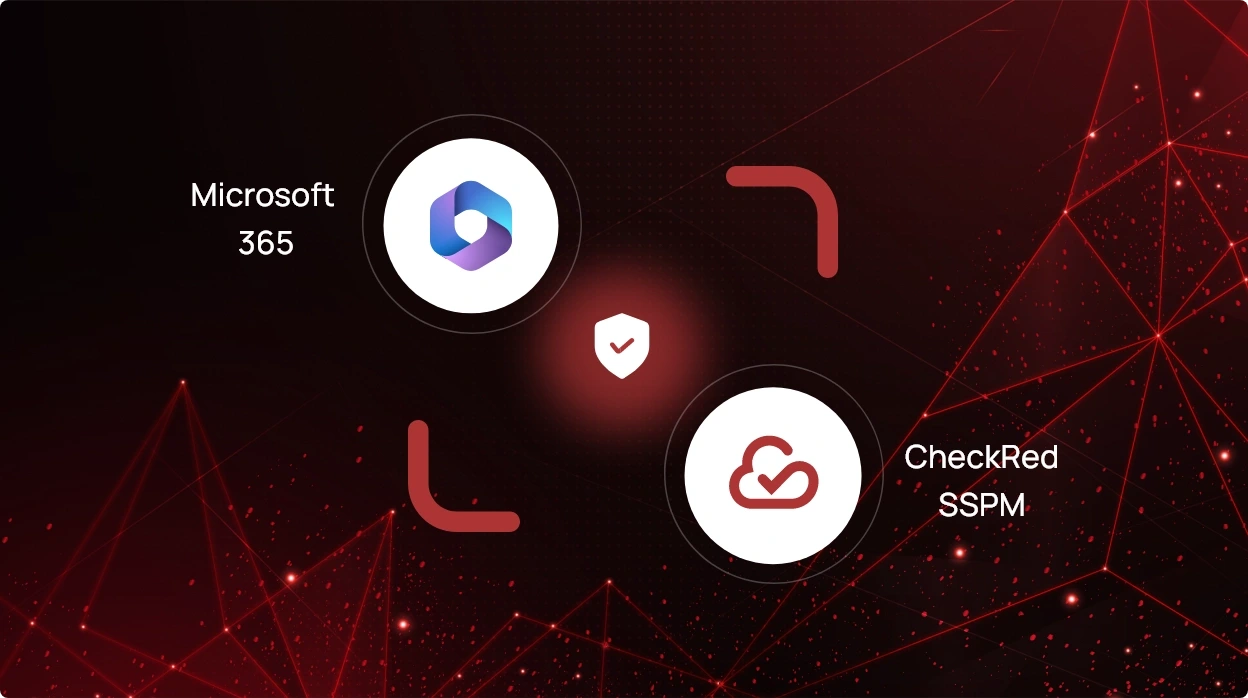When Trusted Access Turns Dangerous: Insider Risks in the Age of Third‑Party Vendors

Access is the lifeblood of modern business. Yet when that access falls into the wrong hands—or is simply left unchecked—it becomes a liability. The Royal Mail data breach, triggered by compromised credentials at a third‑party vendor, underscores how easily “trusted” connections can be weaponized. In this context, insider risks aren’t limited to disgruntled employees; they span negligent users, compromised accounts, and third‑party partners whose access often outlives their oversight.
This blog examines the spectrum of insider threats through the lens of the Royal Mail incident. We’ll unpack the different risk types and explore why it is very important to detect these risks before they result in a breach.
A Cautionary Tale: The Royal Mail Breach
On March 29, 2025, attackers exfiltrated over 144 GB of customer data from Royal Mail—not by attacking Royal Mail’s network directly, but by compromising Spectos GmbH, a third‑party analytics provider. Credentials stolen during a 2021 malware incident on a Spectos employee’s device were repurposed to infiltrate Royal Mail’s systems. Once inside, the attackers accessed personally identifiable information, internal Zoom recordings, and even Mailchimp mailing lists.
This breach demonstrates a critical lesson: the perimeter of trust now extends far beyond your own corporate network. Any partner, contractor, or vendor with access to your systems represents a potential insider threat.
Mapping the Spectrum of Insider Risks
Insider threats fall into three broad categories, each demanding its own strategy:
- Malicious Insiders
Intentional actors—disgruntled employees or contractors—who misuse their privileges to steal data or sabotage systems. Although the Royal Mail breach wasn’t the result of a malicious Royal Mail employee, it was enabled by a malicious act on behalf of external attackers leveraging a vendor’s access. - Negligent Insiders
Well‑meaning users who inadvertently expose sensitive information: clicking phishing links, misconfiguring cloud storage, or leaving credentials hardcoded in scripts. In the Royal Mail case, lingering, unrotated credentials from the 2021 incident represented a negligent oversight. - Compromised Insiders
Accounts hijacked through phishing, malware, or credential‑stuffing attacks. These compromised accounts act as authentic insiders, often evading traditional security controls. The Spectos credentials used against Royal Mail are a textbook example.
Understanding these distinctions is the first step in building layered defenses. But knowing the enemy isn’t enough—organizations must anticipate and outpace them.
Why Traditional Defenses Fall Short
Firewalls, VPNs, and signature‑based antivirus tools were designed to combat external threats. Insider risks—especially compromised or negligent insiders—operate within established trust zones. As a result, anomalies can slip past static defenses, blending into normal traffic and user behavior.
Moreover, vendor relationships introduce “blind spots.” Many organizations perform security reviews at onboarding, then relegate vendor oversight to annual audits. Yet insider breaches often exploit outdated permissions or unchecked entitlements that have accumulated over months or years.
Making the Most of Proactive Security Posture Management
Rather than reacting to alerts, leading organizations treat security posture as a business‑critical metric—continuously measured, managed, and improved. At this level of maturity, security posture management evolves from a tactical toolset into a strategic discipline:
- Continuous Feedback Loop: Security configurations, identity entitlements, and workload protections feed into a real‑time posture dashboard. Every misconfiguration or risky permission becomes a prioritized remediation task, not just an isolated alert.
- Risk‑Driven Decision Making: Rather than chasing every alert, teams focus on high‑impact areas—such as vendor entitlements that grant broad read/write access. By mapping technical risks to business impact, security leaders can allocate resources where they matter most.
- Integrated Defense Layers:
- CSPM continuously assesses cloud configurations against best practices, closing drift before it becomes an exploitable weakness.
- CIEM enforces least privilege by tracking and auto‑remediating excessive entitlements for users and service accounts.
- CNAPP covers complete cloud security, detecting anomalies in cloud-native workflows—essential for catching compromised insider activity in real time.
- CWPP monitors workload behavior, flagging deviations that may indicate an insider‑instigated lateral move.
- SSPM protects the multiple SaaS applications that are frequently used by companies as well as their third-party vendors.
By weaving these technologies into a cohesive platform—and tying them to executive dashboards—organizations shift from firefighting to foresight.
Best Practices for Reducing Insider Risks
- Rigorous Vendor Due Diligence
Assess security controls, incident history, and credential hygiene before granting access. Re‑evaluate continuously rather than annually. - Dynamic Access Reviews
Automate entitlement reviews for both employees and vendors. Use anomaly detection to catch stale or over‑privileged accounts. - Behavioral Analytics
Implement user behavior analytics to identify unusual access patterns—such as a vendor account logging in outside normal hours or accessing unexpected resources. - Zero Trust Principles
Authenticate, authorize, and encrypt every request—regardless of origin. Assume breach, and verify continuously. - Culture of Security Ownership
Train all stakeholders—internal and third‑party—on phishing, credential hygiene, and incident reporting. Promote transparent communication when anomalies arise.
Regaining Control with CheckRed
CheckRed delivers a unified lens over third‑party and internal identities, entitlements, and activity. By continuously mapping access paths, detecting anomalous behavior, and automating remediation, CheckRed transforms trusted access from a vulnerability into a managed asset.
When credentials or configurations drift out of compliance, CheckRed’s real‑time alerts and policy-based workflows ensure swift action—long before a breach can propagate. In an era where insider risks are the new frontier of cyber threats, CheckRed empowers organizations to reclaim control and turn dangerous trust into verified security.
In Conclusion
The Royal Mail breach is a compelling illustration of how trusted access—if left unchecked—can become a significant liability. By understanding the nuances of insider risks and embracing a strategic security posture management framework, organizations can stay ahead of threats. Integrating advanced tools like CSPM, CIEM, CNAPP, CWPP, SSPM, and Identity Security, and partnering with a solution like CheckRed ensures that every access point is visible, verified, and continuously defended. Get in touch with us to explore how we can help you!


